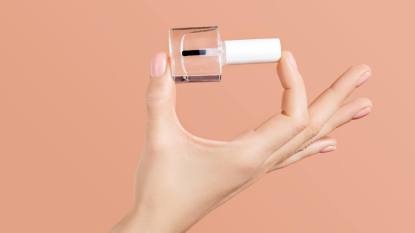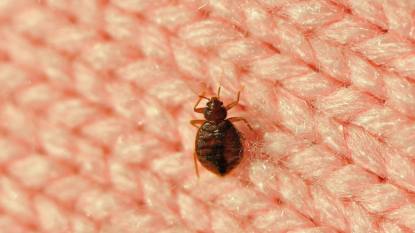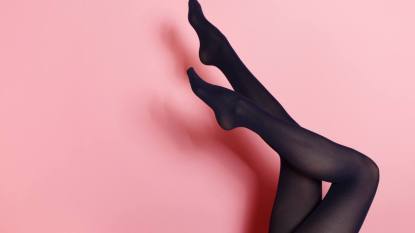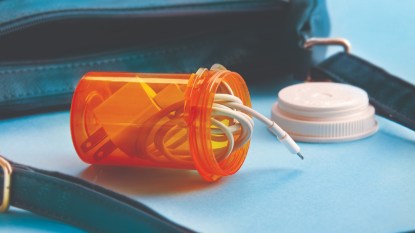How to Wash Jeans So They Last Longer, According to Denim + Laundry Experts
Plus, the towel-drying hack you'll be glad you learned
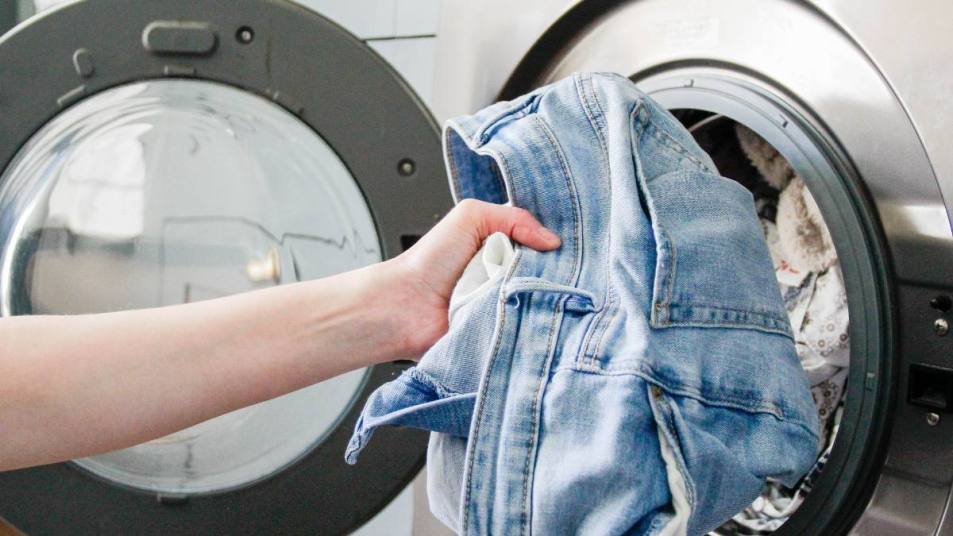
Most people wear jeans more than anything else in their wardrobe. They’re comfortable, versatile and available in an endless amount of styles. The first step to making jeans last is washing them properly, and you may be surprised to learn that it’s more of a process than you’re used to (throwing them in the washer and dryer with any clothes on any setting). We reached out to the experts to share their recommendations and walk you through the how to wash jeans so they stay in great condition for long-lasting wear.
How often should you wash jeans?
For longevity, Carmen Olsen, founder and owner of denim upcycling brand Park + Coop, says you should try to wear your jeans as many times between washes as possible, washing only when they’re dirty or stinky. If you’re someone who prefers an exact recommendation, take inspiration from the schedule of Cyndi Prince, founder and CEO of LooHoo Wool Dryer Balls: “I like to stick to a routine of washing my denim every 1-2 weeks, which means I get to enjoy 3-5 more wears before denim laundry day rolls around.”
What detergents or tools do I need to wash jeans?
All-purpose detergents work, but it’s most ideal to purchase ones more specific to your clothes. This is because they have specific ingredients in them that will support the needs of varying fabrics, whether that be preventing dye transfer, controlling odors or keeping colors vibrant. The products our experts recommend keeping in your laundry room to us for washing jeans include:
For dark or black jeans: Hannah Yokoji, Head of Marketing at The Laundress, says that a color-optimized solution like The Laundress Darks Detergent helps keep jeans vibrant.
For washing light or white jeans: Using a detergent with a brightening formula helps keep your white jeans looking crisp, Yokoji explains. In general, you should look for formulas that have oxygen-based ingredients or non-chlorine bleach (also known as bleach alternative) that break down pigment molecules so they no longer reflect color. Olsen doesn’t use chlorine bleach (also just known as bleach) on white jeans “because oftentimes, white jeans are not actually pure white.” The chlorine bleach can cause yellowing by weakening the fibers, so she says it’s better to spot treat and follow the care tag.
Related: How to Remove Yellow Bleach Stains: Laundry Pros Reveal Easy Tricks That Can Save Clothes
To soften stiff jeans: “If you like your jeans soft and comfortable, add a fabric softener like Snuggle Fabric Softener to your rinse cycle — especially if you like to air dry them” advise Casey Camire and Wendy Saladyga, senior manager of Laundry Cleaning Unit Dose and senior research and development manager, respectively, at Henkel Consumer Brands. Also smart, Price says that using dryer balls like LooHoo Wool Dryer Balls, “help soften jeans while ensuring they dry quickly and evenly.” They can also reduce static.
For stained jeans: When stains show up, Camire and Saladyga like to pre-treat them with a detergent like Persil Stain Fighter Detergent which has specific enzymes known for breaking down stains.
For hard-to-remove stains: When you’re dealing with a tricky stain, enlist a brush specifically designed for stain removal (it has more bristles that are also stiffer) to help work the solution deep into the fibers. You can also use a toothbrush.
To protect jeans: Though typically reserved for delicate pieces like underwear and knits, Yokoji says using a large mesh bag will “protect buttons, hardware, embellishments and intentional rips during the wash cycle.”
How to wash jeans step 1: Prep the denim
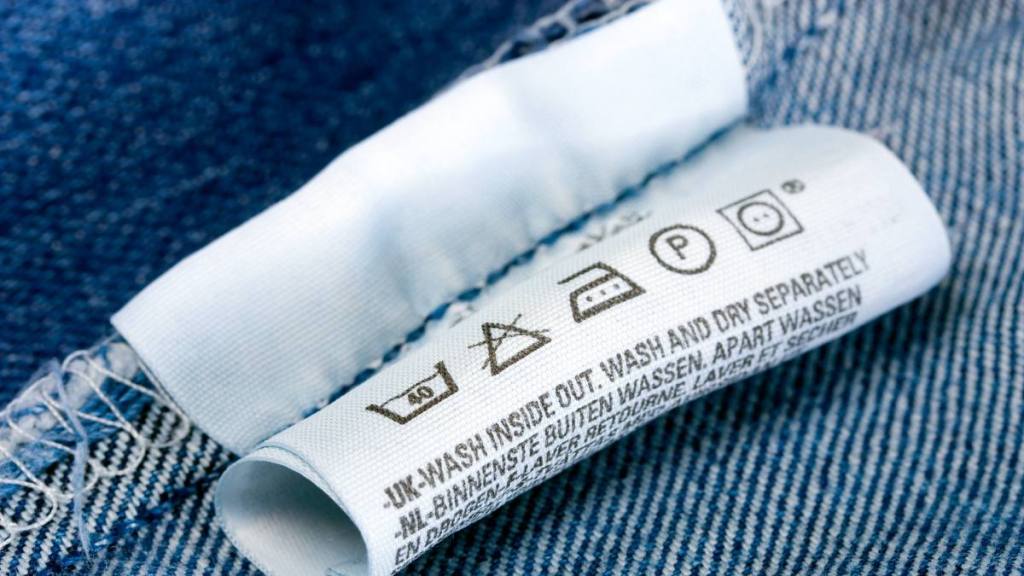
First, you should check the care label because not all jeans are created equal, and there are exceptions to the rules: “Jeans are typically made of a blend of different fabrics and may need unique treatment,” Olsen explains.
Before you wash your jeans, it’s important to check them for stains, especially if you plan on machine drying (the heat will “lock in” the stain). Yokoji says when using one of the above mentioned options you should test an inconspicuous spot first to make sure the denim doesn’t react poorly to the formula. After about 15 minutes, apply the stain remover to the affected area, gently scrub it in with a brush or a toothbrush, and wait another 15 minutes before the next step.
IMPORTANT TIP: Camire and Saladyga say that “jeans should be buttoned, zipped and turned inside out prior to washing.” It can be tedious, but this helps prevent fading and any other damage you want to avoid.
How to wash jeans step 2: Start washing
If washing by machine
Jeans are notorious for losing color in the wash, which is why Camire and Saladyga recommend that they “only be washed with like colors or by themselves to reduce any potential color transfer to other garments.” They also specifically advise against washing any jeans — even old ones — with white clothes as it can make them look dingy.
The general rule is to use a cold, delicate cycle, which Prince says keeps your jeans looking fresh and prevents unwanted fading. However, an exception can be made for your stain-ridden denim: “To most effectively penetrate stains, wash denim on the warmest setting allowed by the care label,” Camire and Saladyga explain. At the end of the cycle, check the stains and make sure they’re gone.
If washing by hand
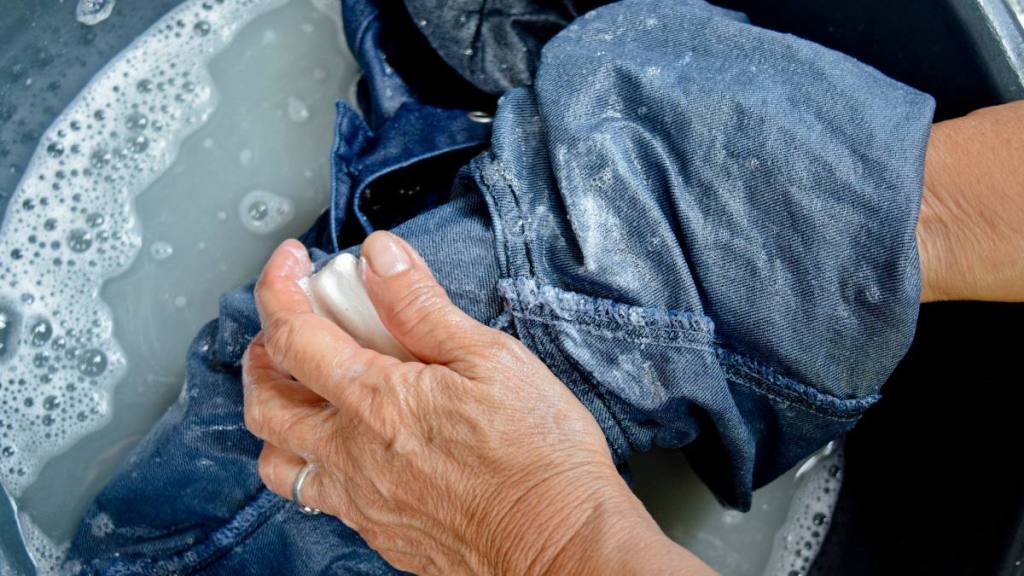
A lot of fabrics can benefit from hand washing, which is more gentle than machine washing. To start, Camire and Saladyga say you should put enough cool water in a dishpan, sink or basin to fully submerge your denim. Add your preferred detergent and then add your jeans. “Swish them around, agitating as needed to let the soap and water move through the fabric, then let them soak,” Olsen explains. Our experts recommend having them sit for anywhere between 5 and 30 minutes, depending on how dirty and stained they are.
After, swish one more time, empty the dirty water, and refill to rinse. “If you like your jeans softer and more comfortable, we recommend adding your fabric softener to the rinse, making sure it mixes with the water before you put the jeans in to avoid any potential staining,” explain Camire and Saladyga. Agitate the jeans to thoroughly get all of the soap and softener out, then make sure all the stains are gone.
How to wash jeans step 3: Let them dry
By machine
The care tag will tell you what temperature to dry your jeans at, but in general, you should use the lowest heat setting because it’s the least damaging. “Keep in mind that denim still may shrink,” Yokoji warns.
Just like when washing, Camire and Saladyga recommend keeping the denim inside out and not drying your jeans with light colors just in case of color transfer, especially if they’re new. Toss in a set of the dryer balls to soften the jeans, help them dry quickly and evenly and even reduce static.
If you use a mesh bag, Yokoji says that at the end of the cycle you should “remove your jeans promptly from the bag, shaking them out as needed, and laying them flat or hanging them to finish drying.” Even if not, Prince agrees that you shouldn’t over-dry your denim, and instead hang them straight out of the dryer for the best results.
By air
Because most fabric damage (and shrinking) occurs in the dryer, Yokoji is a staunch supporter of air drying your jeans “to help preserve fit and finish.” You can hang them or lay them flat, whether inside or in the sun — if the latter, Olsen says to keep the jeans inside out so they don’t fade.
Related: Pro Cleaner Reveals The Easy Secret That Keeps Jeans From Shrinking in the Dryer
How to wash specific types of jeans
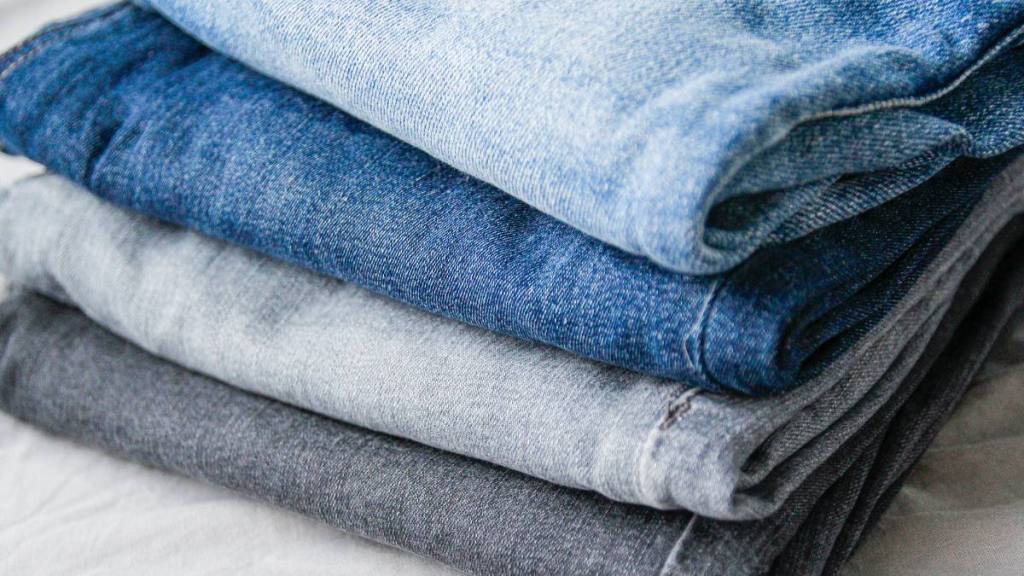
New jeans
Before you wear new jeans, remember they’re at their most saturated with dye, which puts you at risk for crocking. Camire and Saladyga describe this as “when color comes off simply by rubbing the jeans with fabric.” This is what the experts recommend you do to avoid this and other issues:
- According to Yokoji, this is the most important time to follow any care instructions available on the tag—denim is produced differently at every brand, and you want to make sure you don’t damage them (or any of your other clothes) on the first wash.
- Wash them prior to wearing to rinse out any “extra” dye and avoid crocking.
- Camire and Saladyga say you should wash them alone the first couple times in general so you don’t have to worry about dye transfer to your other clothes.
- If you don’t have time to wash them alone, Yokoji also gives the okay to wash them with dark, rich colors or very dark, colorfast items like black workout leggings. Basically, pieces that won’t be impacted by any dye transfer.
- “Lay your new jeans flat to dry or roll them up in a towel to blot before drying,” Olsen advises. This way you’re able to soak up any dye at risk of transferring elsewhere.
White denim
White jeans can begin to look dull and dingy frustrating quickly, which makes caring for them properly all the more critical. These expert reccommendations will keep your white denim in top shape:
- All white clothes are prone to staining, including white denim. “Be sure to properly pre-treat stain-prone areas like waistbands and pant cuffs with a stain solution,” Yokoji emphasizes.
- If preferred and as long as the care tag says it’s okay, Yokoji points out that “white jeans can usually withstand warmer washing temperatures due to the lack of richly saturated dyes.”
- Ideally, you should line dry white denim in the sunshine for a fresh finish, explains Yokoji — after all, the sun is known as a natural bleaching agent.
Black denim
“Like new jeans, black jeans are prone to color release, as well as premature fading,” Yokoji explains. Though this may eventually be inevitable, she says you can significantly extend the life of your black jeans with just three tips:
- Never, ever place back jeans in the dryer, which puts extra wear and tear on the fabric. Always air dry.
- If your jeans are dripping wet, place a rag or an old towel underneath them to avoid any dye transfer while drying.
Raw denim
Raw denim is basically denim that hasn’t been treated or pre-washed prior to distribution — it’s “raw” off the loom. Because of this, it requires extra attention. Olsen says these three things will make all the difference:
- Assume the color will bleed — it usually does. Wash separately the first couple times.
- It’s also likely to shrink in the dryer, so it’s best to air dry if you want to minimize this.
- Avoid dye transfer from super wet jeans while drying by putting a rag or an old towel underneath them.
How to extend the life of your jeans
When it comes to elongating the life of your jeans, washing them correctly is only one piece of the puzzle. Keep these insights top of mind as well:
- To counteract any stiffness, you can throw them in the dryer for a few minutes on low heat or hang them in a steamy bathroom.
- “If you prefer a crispy look to your denim, iron while still slightly damp after being washed,” Yokoji advises. “For a more relaxed finish, give dry denim a light steam.”
- You can also steam them in-between wears to keep your jeans fresh. Yokoji says they should dry completely before going back in the closet.
- According to Olsen, a lot of jeans contain materials like plastic, polyester and spandex that can melt or burn if you iron them on too high a setting. “Unless you know for sure they’re 100% cotton, assume they aren’t and iron on a lower setting,” she adds.
- Remember that you can always spot treat between wears instead of going through the whole washing process.
- Folding, rolling and hanging can help jeans avoid wrinkles. That said, Olsen recommends that you don’t hang them by the belt loops or tags, which can cause the stitches to tear loose. Click through here to learn the best ways to fold pants and jeans .)
- Camire and Saladyga note that jeans stretch while you wear them, which means washing makes them feel more snug than you’re used to. If this is a concern, consider wearing them around the house before you go out so they’re less restrictive.
Related: The Most Figure-Flattering Ways to Style Flare Jeans for Any Occasion
For more laundry tips, click through the links below!
How To Make Laundry Smell Good: Experts Share 7 Secrets to a Freshly Scented Wash
Laundry Pros Reveal Genius Hack for Keeping White Clothes White — No Bleach Needed
Maid Pro: Your Just-Washed Clothes May Still Be Filthy If You Skip This Laundry Step





